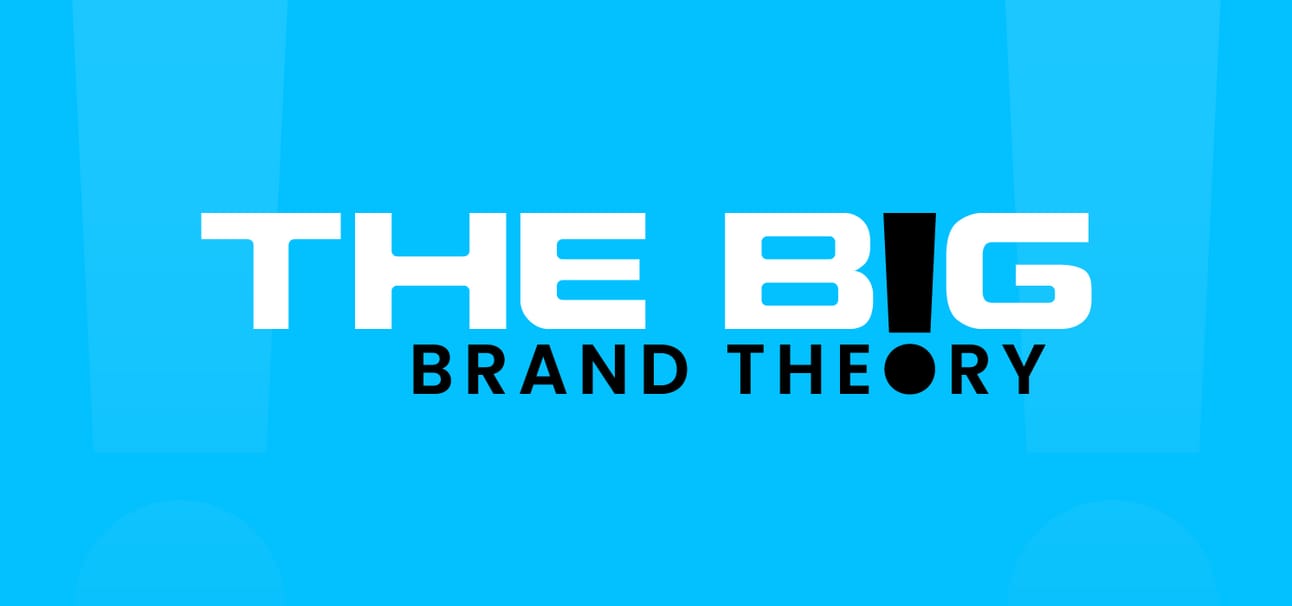- The Big Brand Theory
- Posts
- Oprah Winfrey Made Everyone Cry For Years Using This Strategy. Here’s How:
Oprah Winfrey Made Everyone Cry For Years Using This Strategy. Here’s How:
“When you touch someone’s heart, that’s limitless.”-- Steve Jobs

|
Oprah Winfrey is a household name!
One of the biggest personal brands in the world.
I know her. You know her. Everyone knows her.


"The Oprah Winfrey Show," aired from 1986 to 2011, was one of the highest-rated talk shows in television history and won countless awards.
Even Barack Obama once said in his speech: “There are so many people out there who just came to see Oprah.”
You may even call her ‘the most powerful woman in the world.’
With a media empire worth more than 3 billion dollars, everyone is in awe of Oprah.
Advertisers even named a phenomenon after her:
‘The Oprah Effect’
It refers to the exponential growth of a product after being endorsed by Oprah.
I don't know what will if that doesn’t tell you the power of her personal brand.
But the question is:
How did a Mississippi girl who rose from extreme poverty amass such a powerful empire?
Well, it’s not her content.
It’s her style of content.
What does it mean?
In an era of emotionless journalists reading traumatic news events with a straight face, Oprah did the exact opposite.
Instead of telling facts, she captured the emotions behind them.
She invited victims, survivors of major events, and celebrities to relive their traumas.

She made us cry again and again…
This trademark was not something she stumbled upon by accident. It’s ingrained into the fabric of her soul from a tough childhood.
Born in extreme poverty in Mississippi.
Wore dresses made out of potato sacks.
She is a classic rags-to-riches story
Naturally, she empathized with her listeners, first on the radio and then on television, using her own experiences.
Now, of course, you and I aren’t Oprah.

But we can definitelyuse this 3-step framework to trigger deep emotions in your audience. Here’s how:
The E-C-T Framework of Emotional Branding
Just to be clear, Oprah didn’t come up with this framework.
But she has applied every one of its principles.
And you need to do the same.
The 3-step framework is:
Evoke relatable memories
Create sensory-rich descriptions
Trigger deep emotions
So, let’s dive in.
One by one:

Step 1: Evoke personal and universal memories
🎯Goal: Identify specific, relatable memories or experiences that are universally recognized and personally resonant.
How to do it:
Think about your personal experiences: Think about moments in your own life that trigger nostalgia or deep emotions.
Be it childhood memories, family traditions, or important life events.
Identify Universal Themes: Use themes such as childhood innocence, first love, family gatherings, or lost opportunities.
These are experiences that most people can relate to on a deep emotional level.
Use Relatable Details: Mention specific details like the smell of a holiday meal, the sound of a favorite song from youth, or the feel of an old item.
These sensory details help ground the experience and make it more vivid.
Step 2: Create sensory-rich descriptions
💥Action: Write descriptions that engage multiple senses to immerse your audience fully in the scene.
How to do it:
Visual Imagery: Describe scenes with rich detail.
When Oprah tells a story, she doesn’t shy away from getting into traumatic and emotional details, such as the color of oozing blood or the stormy sky.
Sound and Smell: Include sounds and smells that are tied to memories.
For instance, "The scent of new business cards made me feel like I’ve finally grown…again."
Touch and Taste: Engage other senses like touch and taste.
"The rough texture of the fountain pen," or "The bittersweet taste of homemade lemonade."
Step 3: Trigger deep emotions and reflections
💥Action: Tap into deep-seated emotions and encourage reflection on past experiences and the passage of time.
How to do it:
Use Emotional Language: Words that convey deep emotions such as love, loss, longing, and joy. For example, "A pang of longing filled my heart as I remembered those carefree summer days."
Encourage Reflection: Prompt readers to reflect on their own experiences.
Ask questions or make statements that encourage introspection, like "Do you remember the last time you felt truly carefree?" or "Sometimes, the memories we cherish the most are the ones that bring tears to our eyes."
Narrative Arc: Craft a story with a clear emotional arc that builds up to a poignant climax.
Start with a happy memory, build through the experience, and conclude with a reflective or bittersweet moment.
For example, a story about visiting a childhood home and finding it changed, yet filled with echoes of the past.

And here it is.
A complete breakdown of Oprah Winfrey’s strategy of inducing extreme emotions into her audience.
I firmly believe that reverse engineering the industry's top leaders can create magic for your personal branding journey.
And that’s what I promise to bring to your life. Magic.
So, subscribe to this newsletter if you want this post to be sent straight to your inbox.
Also, send it over to your friends too. Thanks :)
Let’s meet next Thursday.
Your Big Brand Theory,

